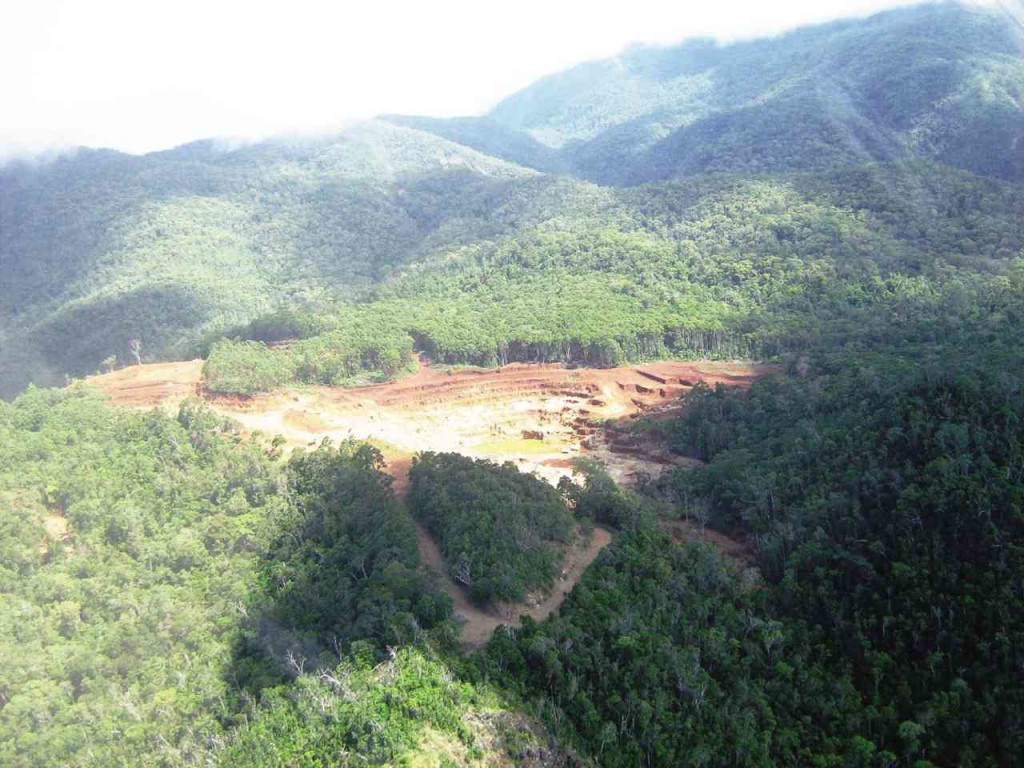Is the mining sector prepared for climate change?

Located along the Pacific Ring of Fire and the Western Pacific typhoon belt, the Philippines is one of the most natural hazard-prone countries.
Tropical storms and typhoons that bring with them destructive winds, torrential rains and landslides cause loss of lives and destruction of infrastructure and properties.
Climate change has a huge impact on the Philippines, making it vulnerable to sea level rise, rising temperatures and extreme rainfall.
In 2013, the country ranked first in the list of countries most affected by natural disasters.
The government estimated the annual cost of disasters to the economy to be between 0.7 and 1 percent of the gross domestic product and an average of P15 billion a year in direct damage.
There are also substantial social and environmental impacts arising from disasters, hindering the government’s efforts to reduce the incidence of poverty.
In the report “Climate Change in the Philippines” (February 2011), climate trends were analyzed using available observed data from 1951 to 2009 with the average period of 1971-2000 as the reference value.
The key findings are summarized as follows:
- There has been an increase in annual mean temperature by 0.57 degrees Celsius; and
- In terms of maximum and minimum temperatures, the increases have been 0.35 degrees C and 0.94 degrees C;
Under a high emissions scenario, mean annual temperature is projected to rise by about 3.7 degrees C on average from 1990 to 2100. If emissions decrease rapidly, the temperature rise is limited to about 1 degrees C.
Global warming
The stated long-term goal of the 2015 Paris Agreement on climate change is to limit global warming to “well below” 2 degrees C or 1.5 degrees C if possible.
The Paris Agreement seeks to limit the increase in global average temperatures to “well below 2 degrees C above preindustrial levels”—the level beyond which scientists say we will see the worst extremes of global warming.
It also aims to “pursue efforts to limit the temperature increase to 1.5 degrees C above preindustrial levels, “recognizing that this would significantly reduce the risks and impact of climate change.”
The Philippine Development Plan 2011-2016 (PDP) identifies enhanced resilience of natural systems and improved adaptive capacities of human communities to cope with environmental hazards, including climate change-related risks as a priority goal. The PDP, drawing on the National Framework Strategy on Climate Change 2010-2022, treats mitigation as a function of adaptation.
Stakeholders in the industry should take a proactive approach to climate change adaptation as more frequent and extreme weather conditions will have complex impact on the sector.
Climactic conditions will affect the stability and effectiveness of infrastructure and equipment, environmental protection and site closure practices, and the availability of transportation routes.
Climate change may also impact the stability and cost of water and energy supplies.
On the part of government, it has issued Executive Order (EO) No. 79, which designated the Climate Change Adaptation and Mitigation and Economic Development Cabinet Clusters as constituting the interagency forum to be known as the Mining Industry Coordinating Council.
In its implementation of EO 79, the government reported that it has completed the No-Go Zones map, clearly delineating areas that are off-limits to mining in an apparent attempt to shield prime agricultural lands and agri-fishery development zones, tourism development areas and island ecosystems from potential mining hazards.
It has also mandated mining contractors to secure ISO 14001 Certification.
Disaster management systems in the mining industry must veer away from a reactive approach and evolve to a more effective proactive approach in which disasters are avoided by appropriate land-use planning and measures to avoid the creation of disaster-prone conditions.
To evolve to this more proactive role, it is important that the stakeholders conduct a national assessment of climate change impacts, vulnerability and adaptation for the mining industry.
In coordination with the government, the industry should also implement activities to increase climate resilience of existing mining infrastructure and assets.
A national framework for comprehensive mining disaster risk management must be prepared and implemented with political leadership and policy support at the highest levels, while facilitating the active engagement and implementation of all relevant stakeholders.
The government must also seek development assistance for the provision of technical and lending support for disaster risk management e.g. to strengthen the Environmental Management Bureau monitoring process with respect to such issues as mining tailings, waste rocks and acid rock drainage.
While entailing an additional cost to companies, the government may also require sufficient trust funds from and increase the premiums and contributions required of mining companies to ensure environmental safeguards and community benefits, and compensate for improper mining operations or unforeseen mining accidents. Climate-related damage will certainly raise premiums or sometimes even make insurers unwilling to provide insurance or reinsurance.
Mining disasters
Mining disasters hurt the bottom-line, and investors, lenders and insurers are expected to conduct a strenuous due diligence on climate risks and company performance thereto in terms of mitigation and adaptation.
While the Philippines has created many legislative and institutional structures to address disaster risk management and climate change adaptation, there is a need to strengthen institutions in mainstreaming these issues into the mineral industry.
The industry is likely to sustain larger economic losses from climate change.
Losses on productivity, health and safety, environmental damage to agriculture and ecosystems, and loss of social license to operate in the host communities may be larger than previously estimated.
Litigation often involves considerable time and expense to the adverse parties especially on the part of mining companies, which though successful in their defense will bear the brunt of damaged reputation.
Benefits from avoided mine disasters and natural hazards resulting from climate change strongly outweigh prevention costs. Through best practice, mining companies should become catalysts for climate change adaptation in the community where they operate.
(The author is Managing Partner of Puno and Penarroyo Law Offices (www.punopenalaw.com). He specializes in Energy and Resources Law, Project Finance and Business Development.)